ROCKLAND — Maine’s newest museum, and the state’s most dramatic example of modern architecture in decades, opens next weekend in Rockland, a working-class city with maritime roots and a Brooklyn vibe that now boasts more art museums and serious art galleries than Portland.
The home of artist Louise Nevelson and early painting grounds of Edward Hopper, Rockland has always been a city with a strong history of arts and culture. The June 26 opening of the Center for Maine Contemporary Art on Winter Street, just one block from the Farnsworth Art Museum and within walking distance of the waterfront, comes during a surge of arts development in this city of 7,200 people.
A new boutique hotel, designed around a contemporary art theme, opened this month in the southern part of town, and the local historical society recently purchased the house on Broadway where poet Edna St. Vincent Millay was born in 1892, with the goal of converting it into a historical site. Millay won the Pulitzer Prize in 1923.
Rockland is still a fishing community with an active waterfront, but the city’s legacy of foul fish smells from processing plants is long gone. Granite and brick buildings, many with flower baskets and colorful signs, flags and bunting, line either side of Main Street, and are home to restaurants, art galleries and gift shops.
 “It’s a lot different now than a few years ago,” said Gordon Page, executive director of Rockland Main Street. “It’s almost been organic. It’s not like we put out the welcome flag and said, ‘Come and get it.’ But Rockland is now where all the cool kids are. They want to be in the middle of the action.”
“It’s a lot different now than a few years ago,” said Gordon Page, executive director of Rockland Main Street. “It’s almost been organic. It’s not like we put out the welcome flag and said, ‘Come and get it.’ But Rockland is now where all the cool kids are. They want to be in the middle of the action.”
Rockland today feels similar to Portland circa 1983, when the Portland Museum of Art opened the modern Payson Building. Designed by Henry Cobb of I.M. Pei, the new museum established Portland as a first-class art city, helped spawn the Arts District and reshuffled the city’s economic structure and strategies to include creative enterprise. The question going forward is whether Rockland will supplant Portland as Maine’s hippest art city.
Some say it already has.
The near-stagnation of Portland’s gallery scene is reflected in the evolution of the First Friday Art Walk from an opportunity to visit galleries and talk about art to a roving street festival that’s more about performance art and spectacle. The Portland Art Gallery draws big crowds to its openings, and Greenhut Galleries continues its 40-year run in business with a loyal roster of artists and patrons, but the closing in August 2014 of Aucocisco Galleries left a void for emerging and established artists who show challenging work.
“Ten years ago, there were real places to show contemporary art in Portland, and there just aren’t now – with some exceptions,” said Portland painter Stephen Benenson, who opened Able Baker Contemporary on Forest Avenue in Portland this spring with his painting partner, Hilary Irons. The pair hope to revive opportunities for painters in Portland with a traditional white-cube gallery and a roster of group and solo shows.
By contrast, Rockland has momentum.
Within the city’s walkable downtown are two significant art museums; the Strand Theatre, which hosts concerts, movies and lectures; and two dozen galleries, including several high-end galleries that target art collectors from Maine and elsewhere. Rockland is home to several excellent restaurants, and one of Maine’s best, Primo, owned by celebrity chef Melissa Kelly. And now it also has the five-story 250 Main Hotel, which offers spectacular views of Rockland Harbor and luxury rooms that top out at $529 a night. Each is filled with original artwork, biographies of the artists and links to their websites and galleries.

Thomas O’Donovan, a jewelry designer and owner of Harbor Square Gallery, sits in the Muir Garden of Contemporary Sculpture at his Rockland gallery. “To get attention regionally and nationally as a first-class arts destination is really quite delightful,” he said.
POISED FOR RESIDENTIAL GROWTH, TOO
Rockland’s inaugural First Friday Art Walk of the season this month drew thousands of people, filling galleries and restaurants. It looked and felt a lot like Portland’s art walk, minus the carnival atmosphere.
Perhaps most promising, Page said surveying the throngs, the upper floors of buildings on Rockland’s Main Street are less than half-full, meaning the city is poised for residential development.
“It blows my mind,” said Thomas O’Donovan, a jewelry designer and owner of one of Rockland’s oldest galleries, Harbor Square Gallery. “Rockland was under its own storm cloud for as far back as anyone can remember. To get attention regionally and nationally as a first-class arts destination is really quite delightful.”
The center of attention this summer is the new CMCA, which has moved from its longtime home in Rockport, a few miles up the coast. Executive Director Suzette McAvoy said the museum’s directors chose Rockland because it offered the best prospect for growth in the immediate and long-term future. By moving to Rockland, CMCA hopes to increase attendance from fewer than 10,000 visitors a year to 50,000, partly through increasing school programming and other community events.
New York architect Toshiko Mori, who owns a home on nearby North Haven, designed a building with an industrial feel that mimics the cavernous open spaces of boat sheds and large-scale workshops along the Maine coast. The saw-toothed, north-facing roof line distinguishes CMCA and gives it something McAvoy hopes will become an iconic image.
CMCA opens with an exhibition by Jonathan Borofsky, a sculptor with an international following who lives in Ogunquit. The 73-year-old sculptor hasn’t shown in Maine since he was a teenager, and his exhibition is considered a coup for McAvoy and the CMCA. His exhibition includes a towering sculpture of colorful human figures made from steel. It went up last week and stands 24 feet tall in the CMCA’s outdoor courtyard facing Winter Street.
During First Friday on June 3, Farnsworth Executive Director Christopher Brownawell greeted people on Main Street, planting admission stickers on passers-by and encouraging them into the museum. “There is tremendous energy in town right now,” he said. “CMCA’s coming to Rockland is a fabulous development for all of us. It reinforces and reaffirms the idea that Rockland is a very art-centric city with a little bit of grit, which makes it more fun and authentic.”
FARNSWORTH’S SUMMER SHOW
On Sunday, the Farnsworth opens its summer show, a group exhibition that includes big, bold and colorful work by Roy Lichtenstein, Philip Pearlstein and Robert Rauschenberg, among others, giving Rockland two high-profile summer exhibitions of contemporary art by artists with international reputations.
The Farnsworth draws about 60,000 visitors annually. (The Portland Museum of Art draws about 140,000 annually.) Between them, CMCA and the Farnsworth are expected to generate $88 million in annual economic activity in the midcoast, according to two recent economic impact studies.
Ben Fowlie, founder and executive director of the Camden International Film Festival, said CMCA’s opening in Rockland bolsters the arts across the midcoast, which includes a hub of activity in Rockport, home to Maine Media Workshops, the Center for Furniture Craftsmanship and Bay Chamber Concerts. Healthy arts organizations provide foundational support for the community at large, he said.
Between the Strand, the Farnsworth and CMCA “you have the foundation of a very strong arts community that gives Rockland an identity beyond the working waterfront,” said Fowlie, who lives in Camden. “It’s very exciting to think about what Rockland will be like in five or 10 years.”
The new boutique 250 Main Hotel is generating almost as much buzz as the new museum. It opened in early June with 26 rooms and expansive views of Rockland Harbor, the breakwater and the lighthouse – just as two other hotels in town, the Rockland Harbor Hotel (formerly the Navigator Motor Inn) and The Trade Winds were making major improvements. Several dozen pieces of original art, mostly by Maine artists, hang in the lobby of 250 Main, in public spaces on each floor and in private rooms. All the rooms and public spaces are designed with the display of art in mind, with track lighting and large walls.
Cabot Lyman, owner of Lyman-Morse Boatbuilding in Thomaston, owns the hotel and instructed his designers to come up with “something Brooklyn-chic.”
“We wanted to do something special that would get people out of Portland,” he said.
Migis Hotel Group, which manages the hotel, hired Victoria Woodhull, past associate director of the Farnsworth, to curate the artwork. She worked with galleries across Maine and independently with artists, and she plans to change out work two or three times a year.
“It’s an interesting idea for Rockland, and the perfect place to try something like this,” she said. “Rockland is a destination for art, and always has been.”
RESTORING A POET’S HOME
Across town, the Rockland Historical Society has purchased the birthplace of the poet Millay and is raising money for its restoration. The “double-home” at 198-200 Broadway is culturally significant, said historical society curator Ann Morris. Millay is among Maine’s best-known writers.
“We’ve been concerned about the condition of the house for years,” Morris said. “We’ve been watching it sadly slip into history.”
Attracted by the opportunity to encourage heritage tourism in Rockland, the Quimby Family Foundation helped the historical society purchase the home in March and provided a $100,000 matching grant to begin its restoration. The goal, Morris said, is to fully restore the house and create a literary organization in Rockland to host readings, workshops and other events that celebrate Millay and Maine literature.
The arts activity in Rockland confirms what longtime Maine painter Eric Hopkins has known to be true since he was a kid: Maine’s midcoast, including the islands of Monhegan, Vinalhaven and North Haven, “is the epicenter of American art,” at least when assessed by creativity per capita.
“In terms of quality, volume and the range of work, there is more art and there are more artists right here in this little part of Maine than anywhere,” said Hopkins, who grew up on North Haven and in Rockland. The new CMCA “will put us on the national and global map. It will bring people here, and not only will it bring people in, it will export Maine and Maine art and Maine’s place in the art world.”
Hopkins recently closed an exhibition of his paintings at the Portland Art Gallery on Middle Street in Portland. It was the first time in 28 years he has had a solo exhibition in Portland, and he said he sold a lot of work, but declined to be specific. He’s not interested in comparing Rockland with Portland. Both cities have appealing attributes, he said. But he hopes the evolution in Rockland’s art scene brings more serious collectors to the midcoast, and he thinks CMCA will help do that.
“Collectors from away will take note of Rockland, and they will say, ‘This isn’t some local artist painting lobster buoys. There’s some good stuff here – not that there’s anything wrong with lobster buoys. I do some myself. But this is upping the ante across the board.”
O’Donovan, the Harbor Square Gallery owner, said he feels vindicated by Rockland’s arts surge. Some people thought he was foolish when he moved his gallery from Camden to Rockland in 1995. Instead of paying rent in Camden, he bought a building on Rockland’s Main Street. He loves what Rockland has become and is glad he bought a building in the heart of downtown. The biggest difference between Portland and Rockland, he said, is that Rockland remains affordable, at least for now. Many Rockland gallery owners own their buildings, which means they are committed to the city for the long term and have a vested interest in its vitality.
Artist Elaine Ng returned to Maine unexpectedly one year ago. She previously worked in arts management for CMCA and the Center for Furniture Craftsmanship. She left the midcoast in 2010 to pursue her art degree, and presumed she would not come back. She did not want to work in arts management, and there were too few opportunities in the state for a working artist.
That’s changed.
Last winter, she and her partner bought a small house in Rockland and converted the garage into a studio. Ng is committed to making art and supporting herself with her work. Particularly in Rockland, there are opportunities for artists today that didn’t exist six years ago, she said.
She wishes the city were more diverse, and hopes that CMCA will bring more edgy art, including performance and installations. She’s confident Rockland will include all that and more in the years ahead.
“It feels really different than it did before,” Ng said. “There are a lot of restaurants and just a lot more places to do things. There are all kinds of tourist places, which is most of our complaint up here. But they are open year-round, and everybody is happy for that.”
Send questions/comments to the editors.


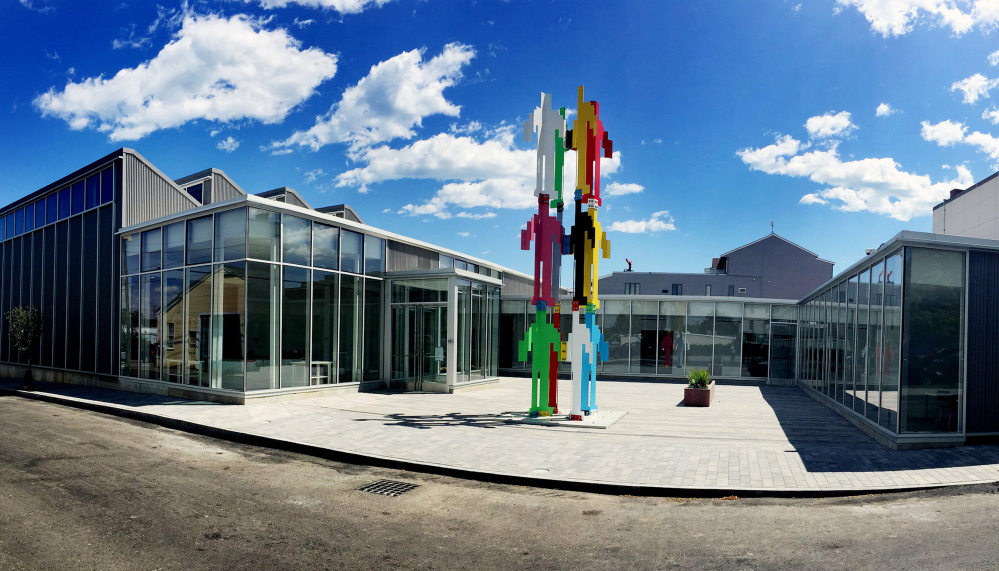
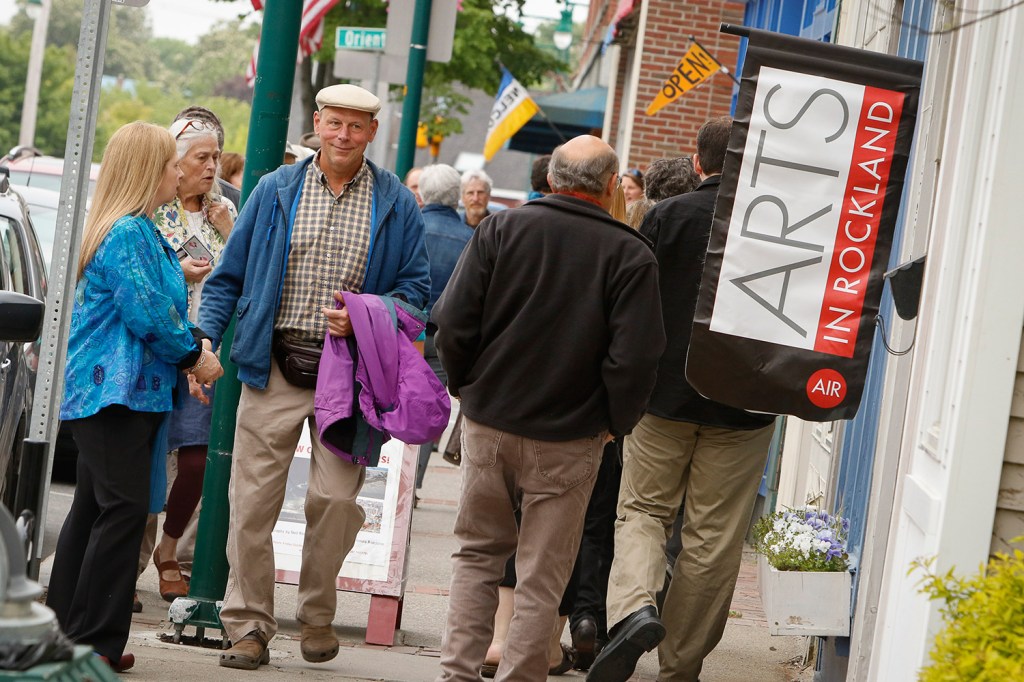
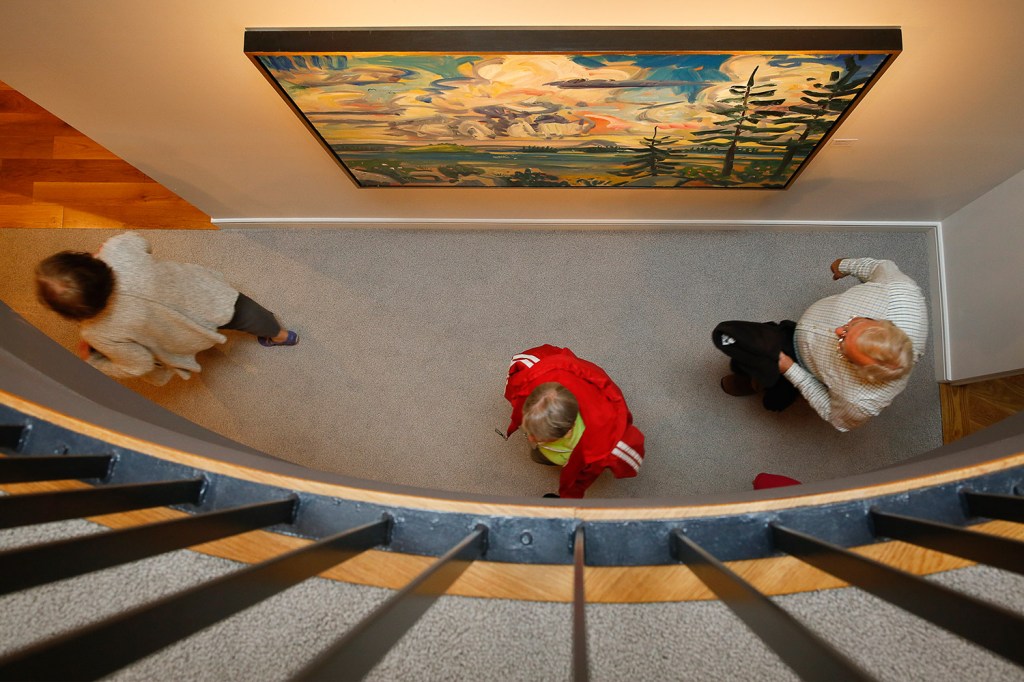
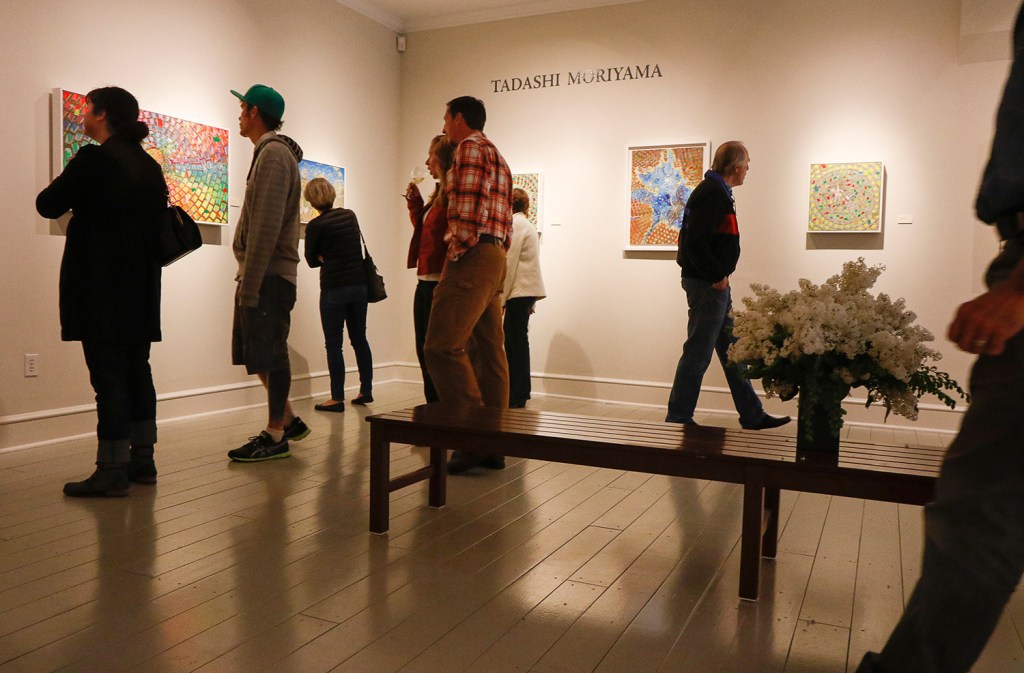
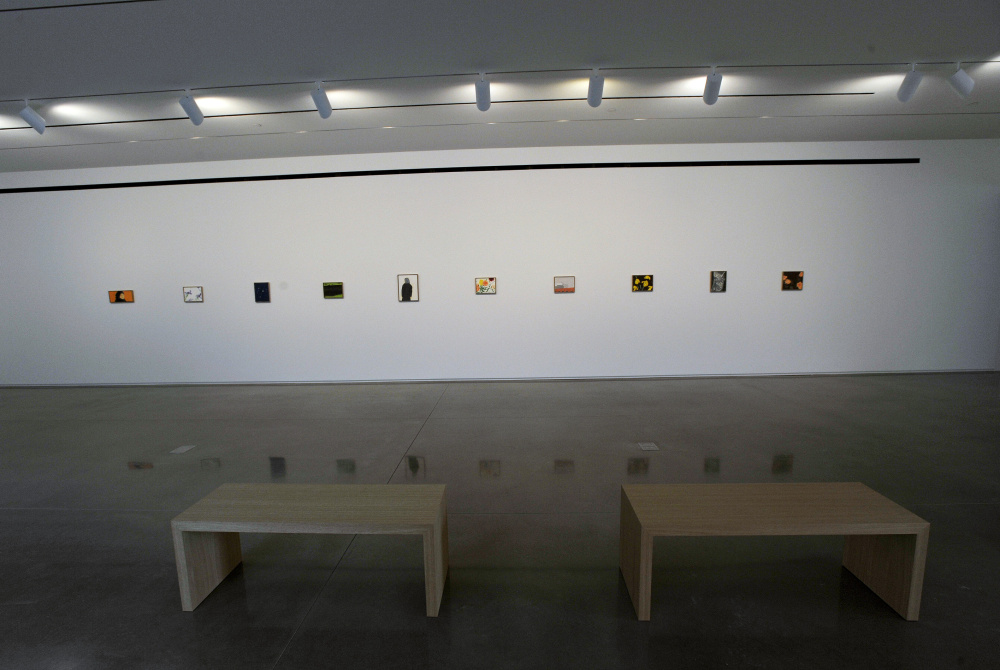
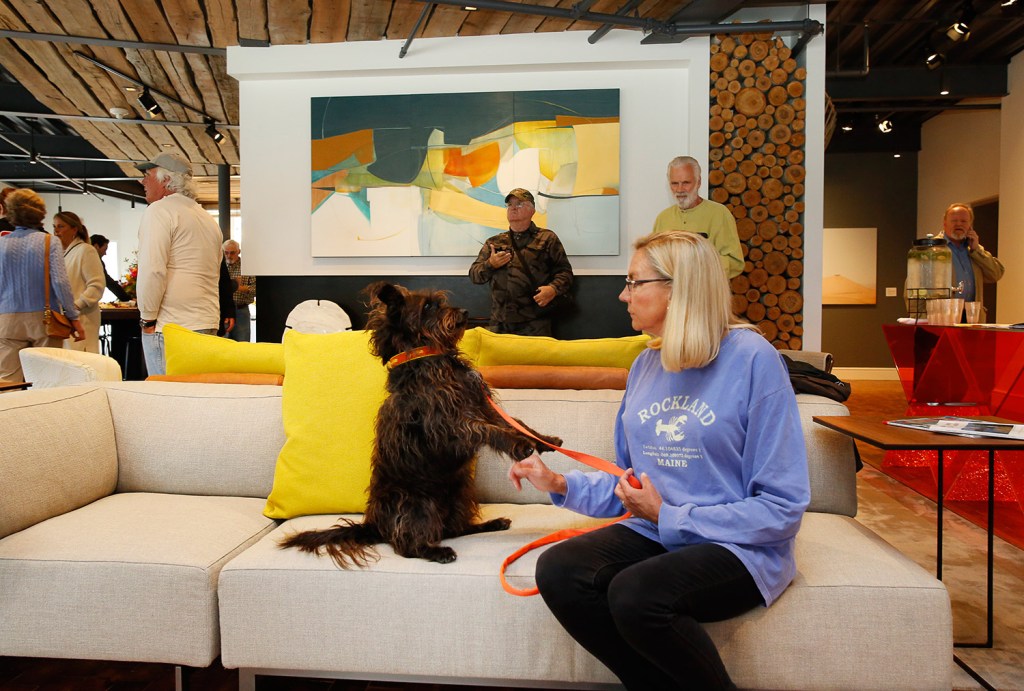
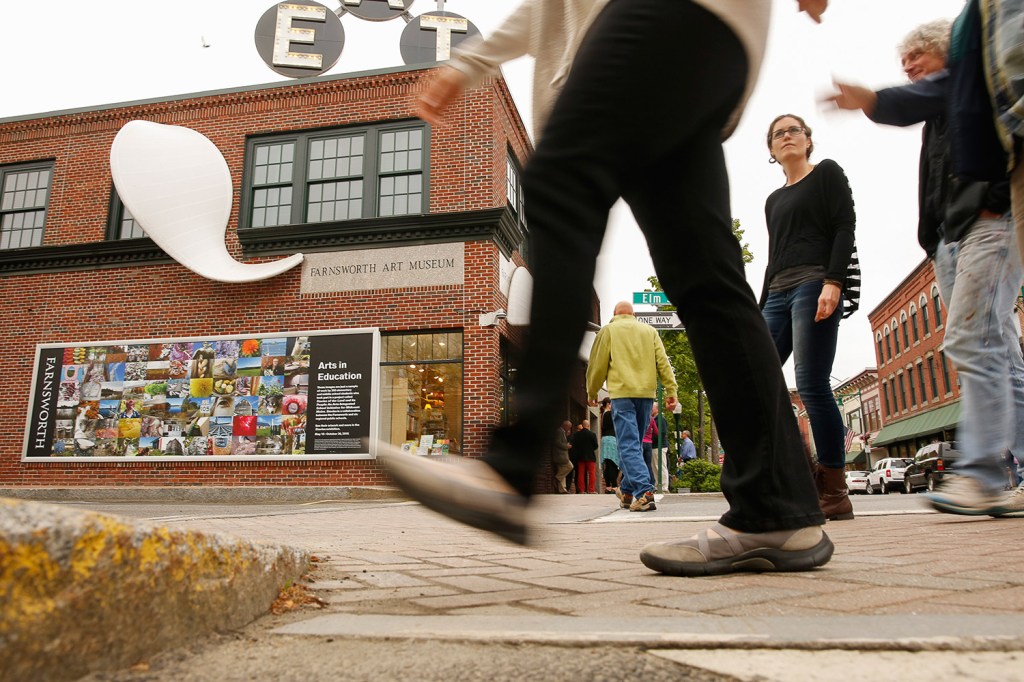
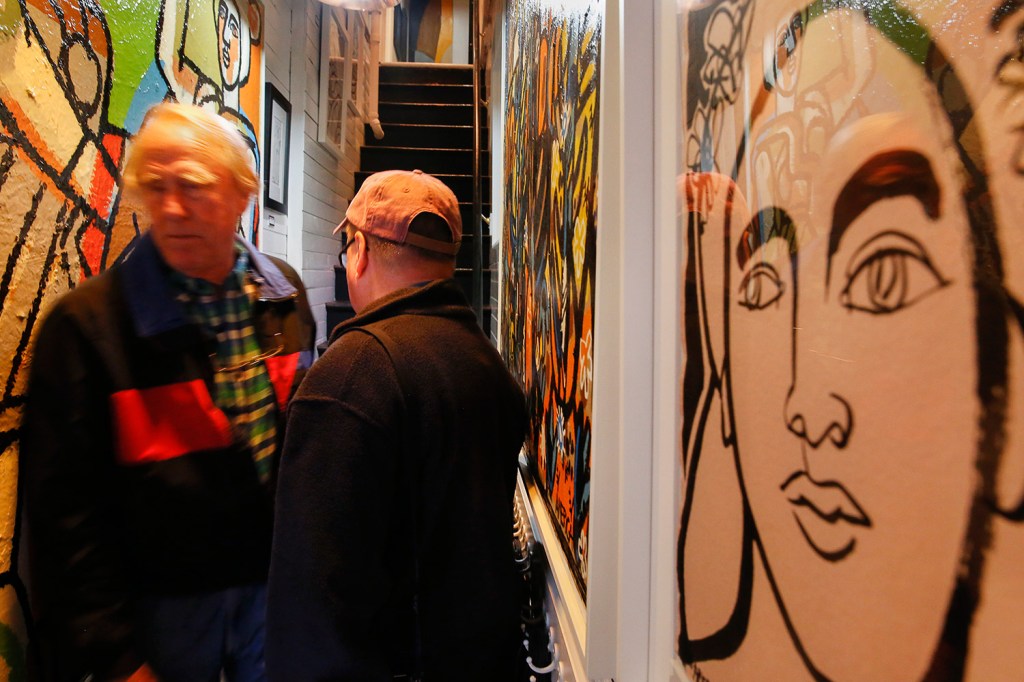
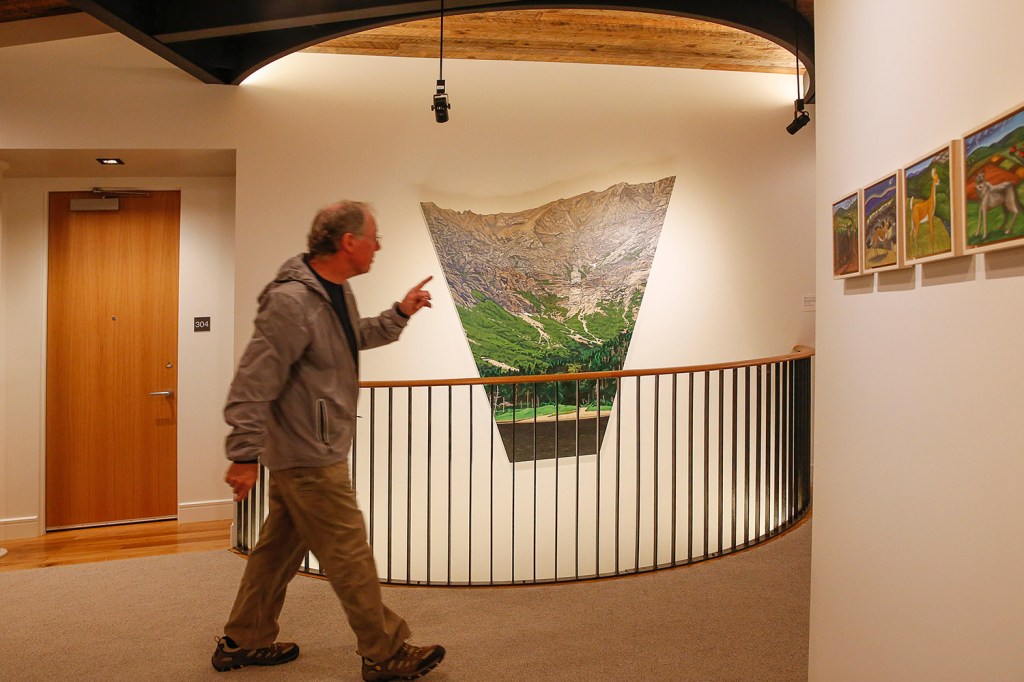

Comments are no longer available on this story